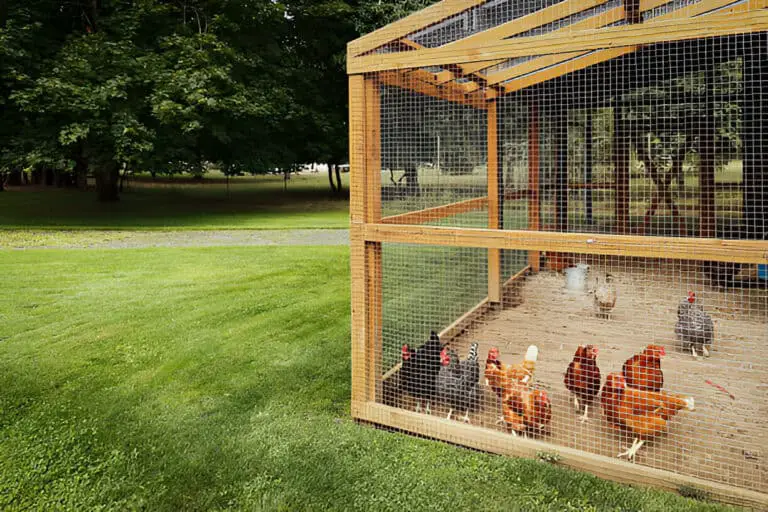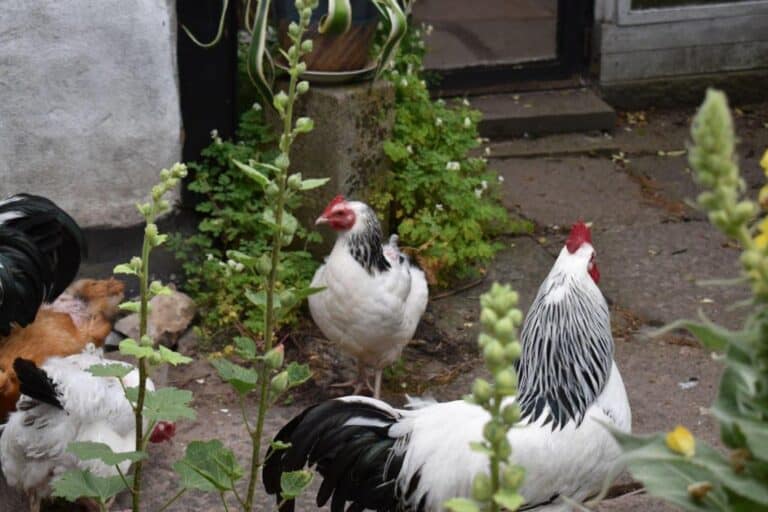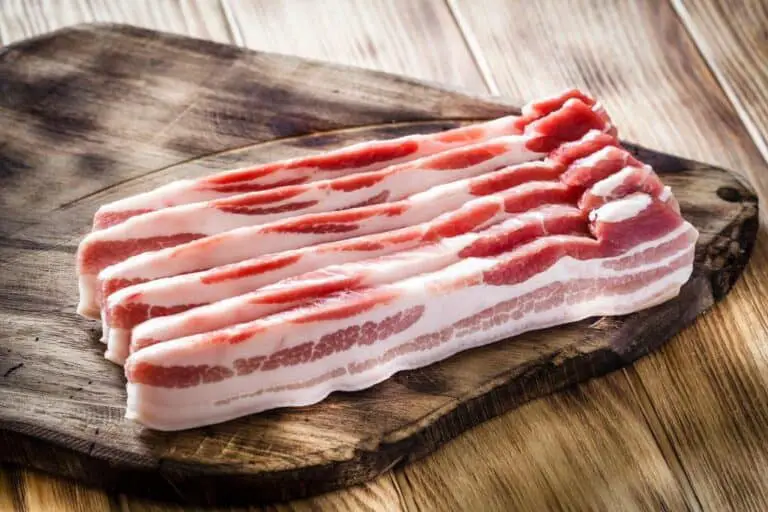What Can I Spray to Keep Birds Away? 7 Safe and Effective Solutions That Work
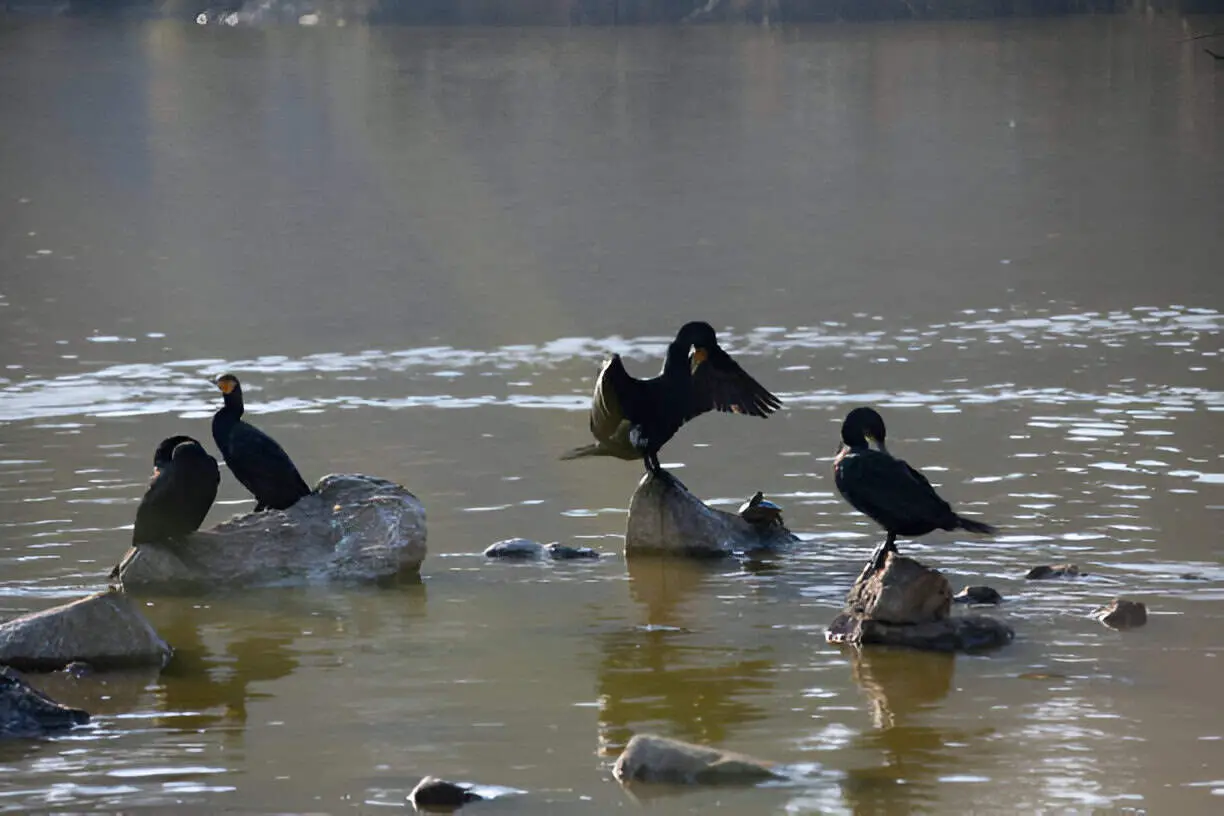
Let me start by saying: I love birds. Their songs in the morning? Magical. Their colorful feathers? Nature’s artwork. But when they start treating my garden like an all-you-can-eat buffet or turning my patio into their personal toilet—well, let’s just say the love starts to fray.
I’ve danced this messy waltz with our feathered friends long enough to know that shooing them away by waving a broom won’t cut it. I needed a solution—better yet, a spray. Something I could mist around my home and garden to keep the birds at bay without harming them or the planet. And through trial, error, and a few bird standoffs, I found seven sprays that actually work.
Here’s what I learned (and sprayed) along the way.
1. Vinegar and Water Spray – The Sharp Scented Deterrent
White vinegar isn’t just for pickles and cleaning countertops. Turns out, birds loathe the sharp, tangy smell.
How I used it:
- Mixed 1 part white vinegar with 2 parts water
- Poured it into a spray bottle
- Spritzed the mixture on porch railings, windowsills, and patio furniture
It’s like a bird’s version of someone spraying perfume in your face—instant retreat. Just be cautious around plants, as vinegar can damage leaves if applied directly.
Table: Vinegar Spray at a Glance
| Ingredient | Ratio | Where to Spray | Pros | Cons |
| White Vinegar | 1 part | Windowsills, ledges, decks | Cheap, easy to make | Can damage plants |
| Water | 2 parts | Furniture, railings | Natural, non-toxic | Strong smell to humans |
2. Chili Pepper and Water Spray – A Spicy Surprise
Birds have sensitive beaks, and while they don’t taste spice like mammals do, they definitely react to strong scents and irritants like chili oil. I made my own DIY hot sauce deterrent and it worked like a charm.
How to make it:
- 2 tablespoons crushed red pepper flakes
- 1 tablespoon dish soap
- 1 quart of water
- Let it sit overnight, then strain and spray
This stuff packs a punch, and birds steer clear. I used it on fences and the edges of flowerbeds. Just don’t spray it when the wind’s blowing in your face—I learned that the hard way.
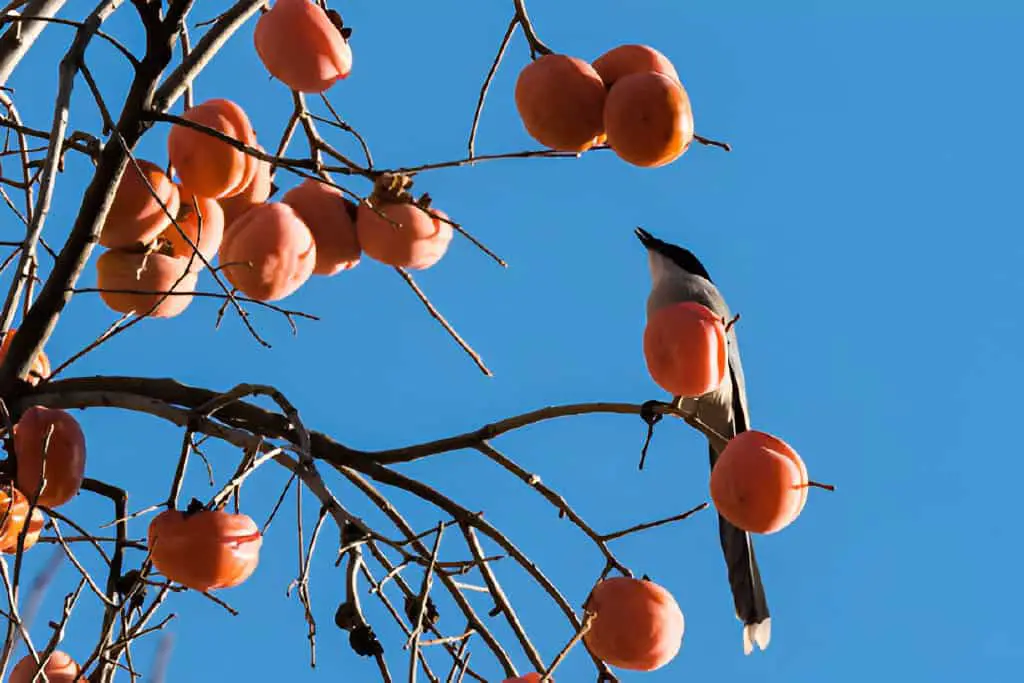
3. Citrus Oil Spray – Zesty and Bird-Repellent
Birds aren’t fans of citrus, and I have citrus peels galore from all my snacking. One afternoon, I tossed some peels in boiling water, let it cool, and strained it into a bottle.
Optional upgrade: Add a few drops of lemon or orange essential oil for extra kick.
This spray smells amazing to humans but turns birds off. I’ve used it near doorways, patio cushions, and even my mailbox (birds loved nesting in it before—no more).
4. Peppermint Oil Spray – Fresh, Minty, and Mighty
This one surprised me. I figured peppermint oil was more for ants or mice, but birds seem to avoid it too. And I’m a peppermint fanatic, so spraying this around the garden was a win-win.
Simple recipe:
- 10 drops peppermint essential oil
- 1 cup water
- 1 tablespoon witch hazel or vodka (helps the oil mix)
Shake it up and spray generously. I’ve even spritzed it on outdoor cushions and planters. It freshens the space and keeps the winged intruders away.
5. Garlic Oil Spray – Pungent but Powerful
Okay, so this one smells like Italian dinner leftovers—but it works. I steeped crushed garlic cloves in vegetable oil for a day, then added a splash of vinegar and water to thin it out.
The garlic scent hangs in the air, and birds tend to back off immediately. I mostly use this one under bushes and hedges where birds like to hide. Just be prepared for a vampire-free zone too.
6. Commercial Bird Repellent Sprays – When DIY Isn’t Enough
There was a point where I needed backup. I tried a few store-bought bird repellent sprays, and one in particular—Bird-X 4 The Birds—did the trick.
What I loved:
- It’s non-toxic
- It uses a sticky texture birds dislike landing on
- Safe for use on trees and beams
These sprays often combine scent, taste, and tactile deterrents, making them a triple threat. Great for areas like rooflines, gutters, and ledges where birds keep returning.
Pros and Cons of Store-Bought vs. DIY Sprays
| Type | Pros | Cons |
| DIY Sprays | Cheap, natural, customizable | Needs frequent reapplication |
| Store-bought | Longer lasting, easier to apply | Costlier, may contain chemicals |
7. Baking Soda + Water Spray – Mess-Free Nest Prevention
Baking soda creates a dry, dusty surface birds hate. Mix it with water into a thin paste and spray it onto surfaces like beams, awnings, and signs.
I learned that birds don’t love unstable-feeling textures—so this spray gives them the “ick.” It doesn’t harm them, and it won’t stain your property.
Bonus Tips: How and Where to Spray
Focus your spray strategy on bird hotspots:
- Ledges, rooflines, and balconies
- Garden beds and fruit trees
- Railings, fences, and outdoor furniture
- Anywhere you’ve found droppings or nesting material
Reapply after it rains or every few days for best results. Birds are smart, but they hate inconsistency. Keep changing your spray ingredients every week or so—don’t let them get used to any one scent.
When Spraying Isn’t Enough…
I’ve paired these sprays with a few extra tricks to up my bird-proofing game:
- Shiny distractions – Old CDs, foil strips, or reflective tape
- Fake predators – Owl statues or rubber snakes
- Sound deterrents – Wind chimes or motion-activated alarms
Together with the sprays, these extras can turn your yard from bird hotel to bird no-fly zone.
Final Thoughts: Kindness, Not Cruelty
The goal here isn’t to hurt birds—just to nudge them somewhere else. I’ve always believed we share space with nature, but we don’t need to roll out the welcome mat on our porches and gardens.
These sprays gave me back my peace (and clean patio furniture). They’re easy, safe, and most of them cost less than your morning coffee.
So next time you see a bird eyeing your garden like it’s a salad bar, reach for your spray bottle. Let your scents do the talking—and send those feathery freeloaders flying.
If you want help picking the right spray for your setup, or you’re not sure what scent birds hate most, drop a comment below. I’ve tried almost everything short of skywriting—happy to share what worked and what flopped.
Want me to create printable spray recipes or a weekly spray rotation plan? I’ve got your back—just ask.

